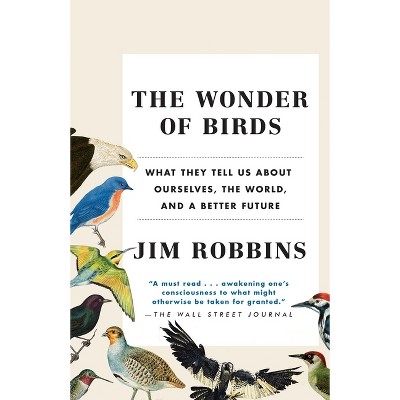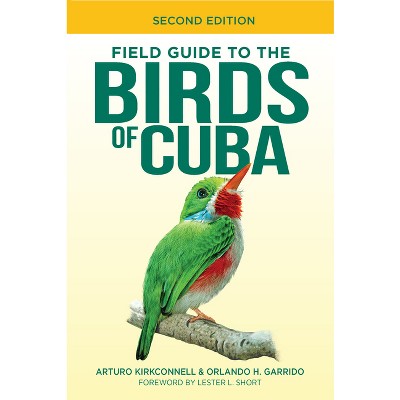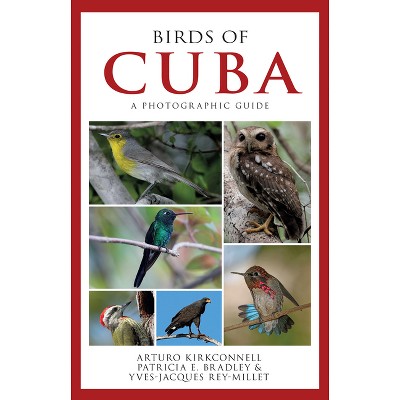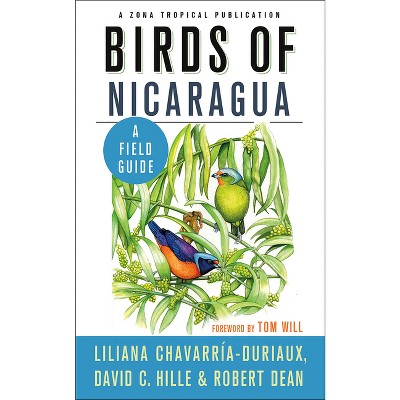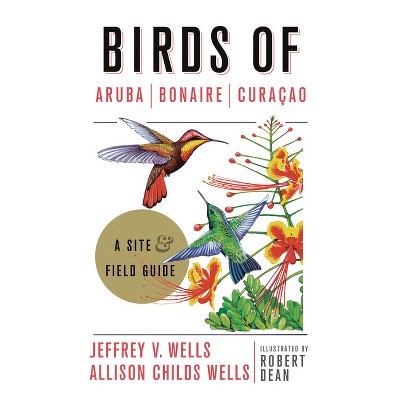Sponsored

Bird Talk - by Barbara Ballentine & Jeremy Hyman (Hardcover)
In Stock
Sponsored
About this item
Highlights
- Bird Talk delves into new scientific developments to reveal the complexities of how birds make, learn, and use sound in a bewildering array of songs and calls.
- About the Author: Barbara Ballentine is Associate Professor in the Department of Biology at Western Carolina University.
- 192 Pages
- Nature, Birdwatching Guides
Description
About the Book
"This book describes basic theory about how bird communication works: 1) how signals should evolve to be optimally functional in the environment, 2) how senders use signals to transmit information, 3) how receivers perceive the information content of a signal, and 4) why we should expect signals to evolve to give honest, reliable information to receivers about senders. It describes channels of communication (plumage & sounds), how signals are produced and perceived by birds, and their topics of communication"--Book Synopsis
Bird Talk delves into new scientific developments to reveal the complexities of how birds make, learn, and use sound in a bewildering array of songs and calls. The beauty of birdsong is one of the joys of nature, and this book reveals how songs are learnt and performed, why the quality of a male's repertoire can affect his mating success, and how birds use song-matching and countersinging in territorial disputes.
Bird Talk illustrates how birds communicate through visual signals too, from the dazzling feathers of a Peacock to the jumping displays a Jackson's Widowbird performs to show off his long tail. Plumage features such as the red bill shield of a Pukeko can indicate dominance, and how aggressive wing-waving is used to ward off impostors.
Bird Talk will help you understand how birds communicate in a range of situations, whether in harmony or in conflict, providing essential new insight into avian intelligence.
Review Quotes
Bird Talk: An Exploration of Avian Communication is a very good and surprisingly relatively inexpensive way to expand one's knowledge of birds and what we know about how they communicate by song, movement, physical appearance, and smell. [The book makes] scientific information easily available, effortless to read and process, primarily through the use of stunning visual material to engage our eyes and spike our interest.
-- "10,000 Birds"I highly recommend this book for anyone who is passionate about ornithology and birding, and interested in expanding their knowledge about the different ways that birds communicate, as well as the impacts of human activity on birdsong and other behavior.
-- "San Francisco Book Review"About the Author
Barbara Ballentine is Associate Professor in the Department of Biology at Western Carolina University. She has published articles on song production and mate choice.
Jeremy Hyman is Professor in the Department of Biology at Western Carolina University, where he teaches ornithology and animal behavior. He has published numerous articles on bird behavior and is the author of the children's book Bird Brains.
Consultant Editor Mike Webster is the Robert G. Engel Professor of Ornithology in the Department of Neurobiology and Behavior at Cornell University and Director of the Macaulay Library at the Cornell Lab of Ornithology.
Shipping details
Return details
Frequently bought together
Trending Non-Fiction





